At first glance, floating shelves seem like a simple design choice – a sleek, space-saving solution that fits...
- There are no more items in your cart
- Shipping
- Total £0.00

From pantry to centerpiece: creative ways to use shelves in the kitchen
When you think about the heart of the home, the kitchen is almost always the first space that comes to mind. It’s where we start the morning with coffee, where family conversations unfold while dinner simmers, and where friends tend to gather no matter how cozy the living room may be. Because the kitchen holds such emotional weight, its design is not just about efficiency but about atmosphere and personality. Cabinets, appliances, and countertops may dominate the blueprint, yet the details – like shelves.
Shelves are often underestimated, seen merely as a place to put dishes, spices, or cookbooks. But with the right approach, they can shift from background storage to the centerpiece of the kitchen. They open up walls, create rhythm in the space, and act as a stage for both functional items and meaningful decor. More than that, shelves invite flexibility: they can be restyled as seasons change, as your taste evolves, or as your household needs grow. In this way, they are not static furniture but dynamic elements that adapt to your life.
Table of contents
- Introduction
- A short history of shelves in the kitchen
- Why shelves are perfect for modern kitchens
- Blending storage with design
- Styling open shelves step by step
- Seasonal refresh ideas
- Common mistakes to avoid
- Real-life examples and inspirations
- Conclusion
A short history of shelves in the kitchen
It’s easy to think of open shelving as a purely modern trend, but its roots go back centuries. In medieval Europe, kitchens were dominated by long wooden boards fixed to walls, where clay pots, utensils, and herbs were stored in plain view. Monasteries in particular used open shelving to keep order, ensuring everything was accessible during communal cooking. In the 18th and 19th centuries, when kitchens became more specialized and fitted cabinetry started to appear, shelves often remained in pantries and sculleries — discreet but indispensable.
The 20th century saw cabinets take over, thanks to the rise of mass production and the obsession with uniform, “tidy” interiors. Yet by the late 20th and early 21st century, designers and homeowners began pushing back against the boxy uniformity of cabinets. Open shelves re-emerged as a way to soften the rigidity of modern kitchens, bringing personality back into the space. Today, they represent a middle ground between tradition and innovation: practical, approachable, and endlessly customizable.
Why shelves are perfect for modern kitchens
Modern life demands flexibility, and that’s exactly what shelves offer. In smaller apartments, they make a kitchen feel larger by replacing upper cabinets that would otherwise crowd the walls. They allow light to travel more freely and give an illusion of openness, which can make even the tiniest galley kitchen feel inviting.
In larger spaces, shelves break up expanses of cabinetry, adding variation and texture. They make frequently used items – a stack of plates, a row of mugs, or a jar of flour – accessible at arm’s reach, while still offering a stage for style. Importantly, they encourage homeowners to curate their surroundings rather than hide them. Instead of stashing everything behind closed doors, shelves invite us to consider what objects truly matter and deserve to be on display.
Blending storage with design
The real beauty of shelves lies in their dual role. On one hand, they’re undeniably practical: they hold the bowls, jars, and cookbooks that keep the kitchen functioning. On the other, they are powerful design tools. A shelf lined with glass jars of lentils and rice is both functional and visually calming. A row of ceramic mugs in soft tones can double as art. Even everyday items – olive oil, salt, pepper – can be decanted into attractive containers and placed on a shelf, turning necessities into decor.
To maximize this blend, think in layers. Start with the essentials you use daily, then add accent pieces like a plant, a candle, or a framed recipe card. Over time, rotate objects in and out to keep the look fresh. The result is a kitchen that feels alive, where every item has a purpose and a place in the overall story.
Styling open shelves step by step
Styling shelves can be intimidating, but breaking the process down makes it manageable:
1. Choose a theme or palette – Decide whether you want rustic wood, sleek modern lines, or a colorful eclectic look. This will guide every choice that follows.
2. Anchor with functional items – Place dishes, bowls, or jars that you reach for daily. They form the backbone of the display.
3. Play with height and scale – Mix tall vases or bottles with shorter jars and stacked plates to create visual rhythm.
4. Add layers of personality – Lean a piece of art, stack a few cookbooks, or add a small plant. These touches make shelves feel curated, not cluttered.
5. Leave breathing space – Resist the urge to fill every centimeter. Negative space is just as important as objects.
This method ensures shelves are not only styled but also practical, ready for both cooking and entertaining.
Seasonal refresh ideas
One of the greatest joys of shelves is how easy they are to change with the seasons. In spring, introduce pastel ceramics, small herb pots, and glassware that reflects the light. In summer, go for brightness – lemons in a bowl, coastal textures like wicker baskets, or colorful bowls. Autumn invites warmth: dried flowers, amber glass bottles, and earthy tones. A pumpkin or two placed on a shelf can instantly shift the mood. These small swaps don’t require buying entirely new decor. Often, it’s about rotating what you already own, leaning into colors and textures that resonate with the season. In this way, shelves become a living, evolving part of the home.
Common mistakes to avoid
Despite their charm, shelves can go wrong if not approached thoughtfully. Overcrowding is the most common mistake – packing too many items makes shelves look chaotic instead of curated. Scale matters too: a mix of small and large pieces creates harmony, while too many tiny objects get lost. Lighting is another overlooked factor. Shelves in dim corners won’t shine unless supported by good illumination, whether through under-shelf lights or nearby pendants.
Maintenance is also crucial. Because shelves are exposed, dust and grease collect faster than in cabinets. A quick weekly wipe keeps them fresh. Finally, avoid obsessing over perfect symmetry. A little imbalance brings character, while rigid repetition can feel staged and lifeless.
Real-life examples and inspirations
Consider a small city apartment where upper cabinets make the space feel boxed in. Replacing them with floating oak shelves instantly transforms the room, letting natural light bounce across glass jars and white ceramics. Or imagine a large farmhouse kitchen where shelves flank a window, holding rustic pottery, copper pans, and wildflowers – suddenly the kitchen feels like an extension of the garden.
Some homeowners integrate technology, adding LED strips beneath shelves for both function and ambiance. Others combine reclaimed wood with modern brackets, creating a blend of sustainability and style. These examples show that shelves are not one-size-fits-all; they adapt to the personality of the space and the people living in it.
Conclusion
From humble boards in medieval kitchens to modern floating designs, shelves have always played a quiet but essential role in how we cook, gather, and live. Today, they are no longer just storage but opportunities for creativity and expression. They balance function with beauty, practicality with personality, and permanence with flexibility.
When styled with care, they elevate the kitchen into more than a workspace – they turn it into a reflection of the lives lived within it. And that’s the true magic of shelves: they tell a story. Not of perfection, but of use, love, and everyday life.

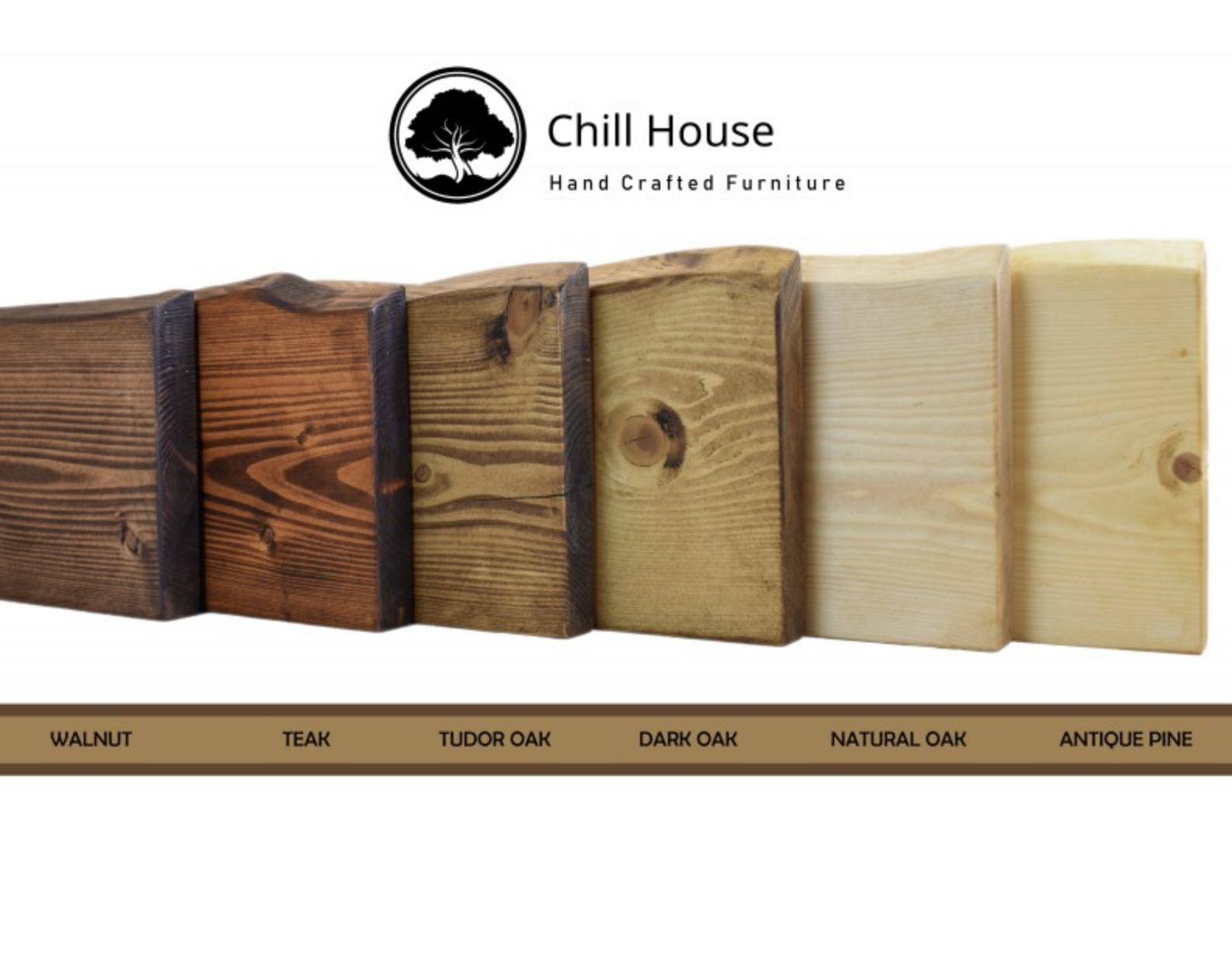
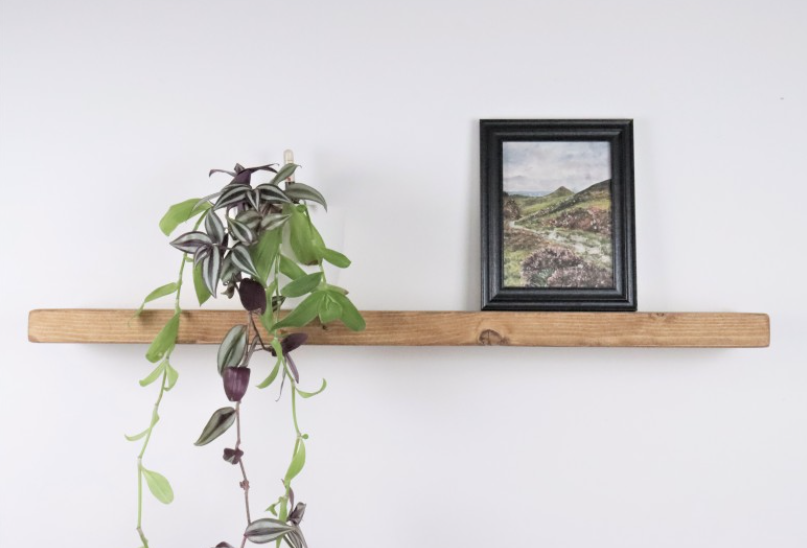

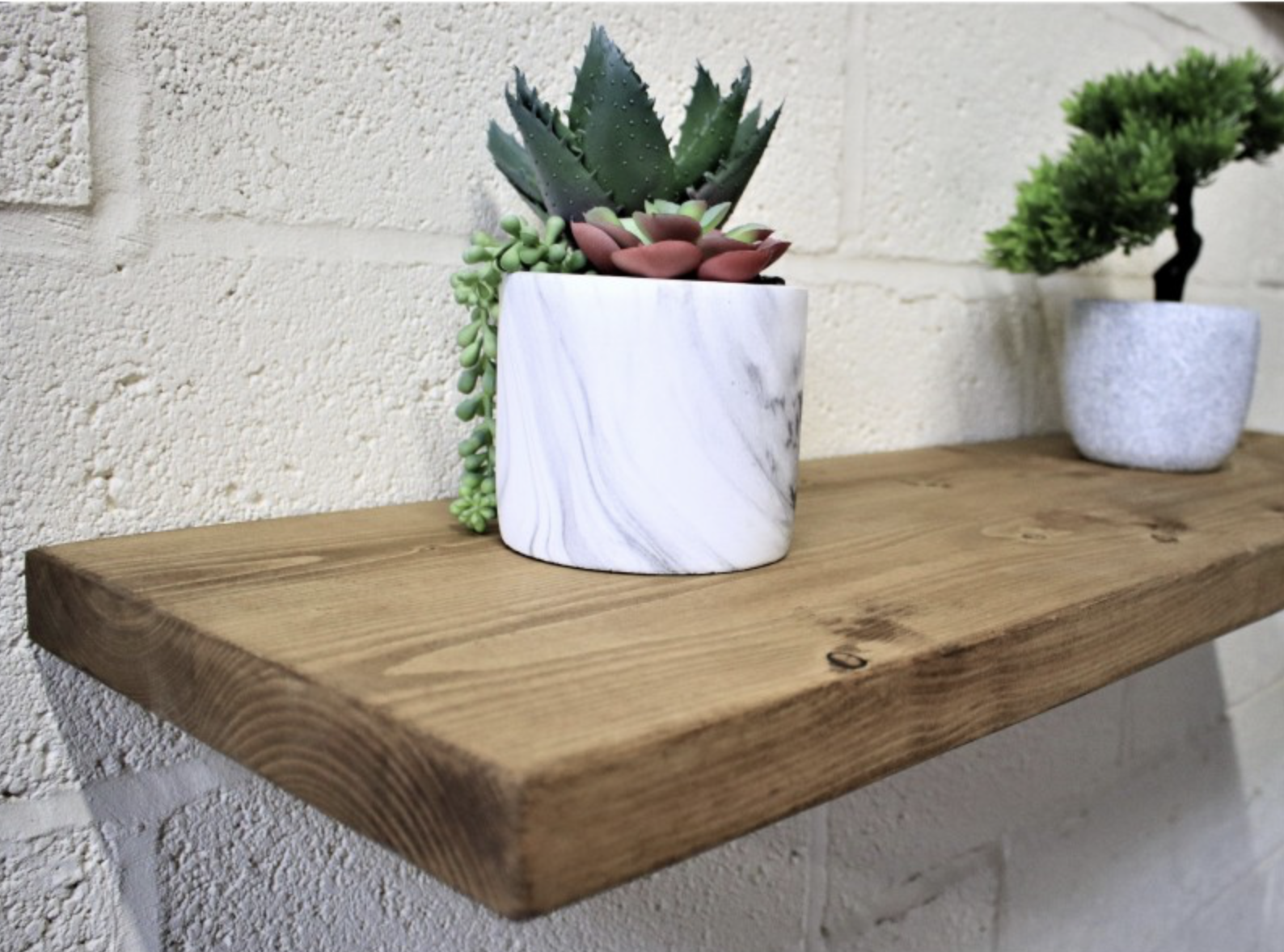
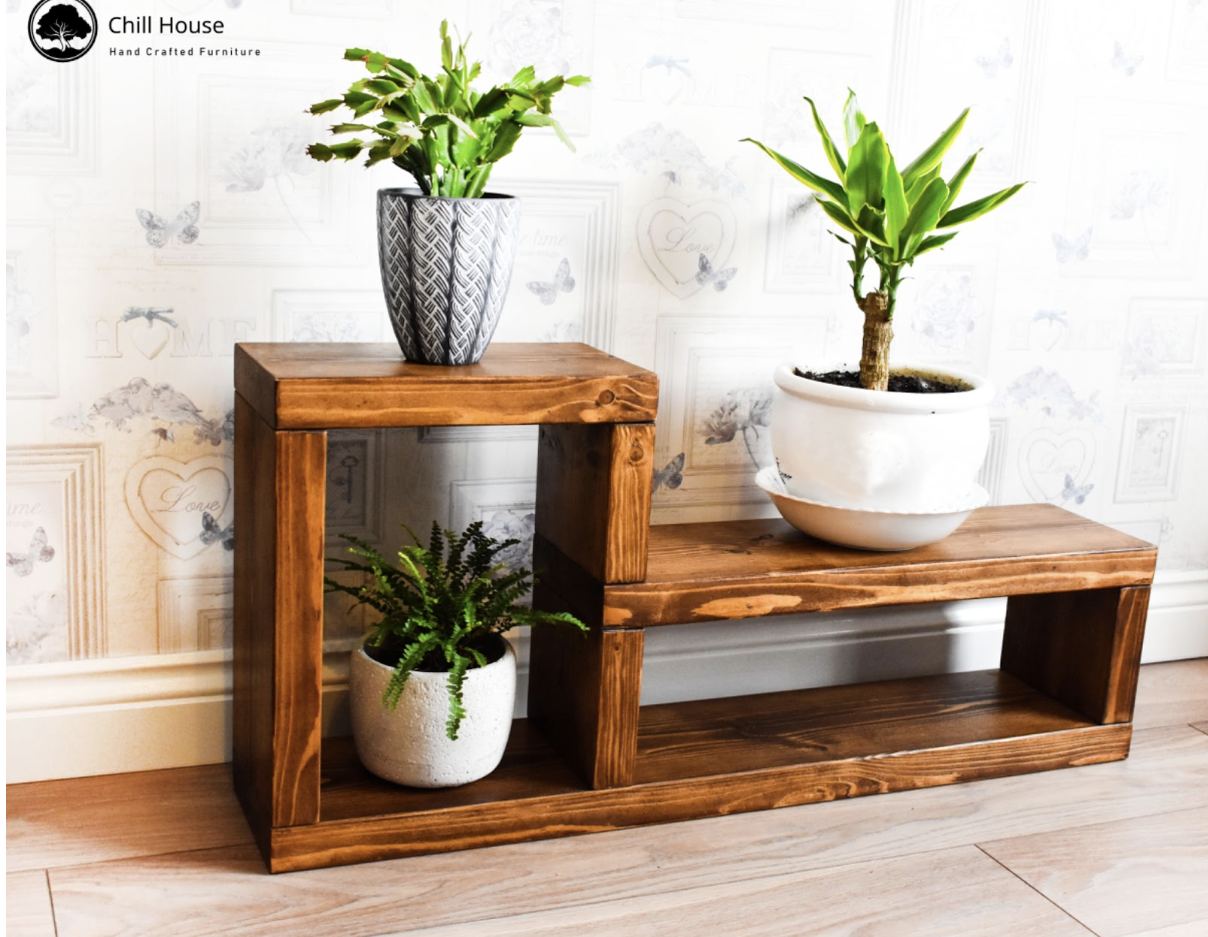
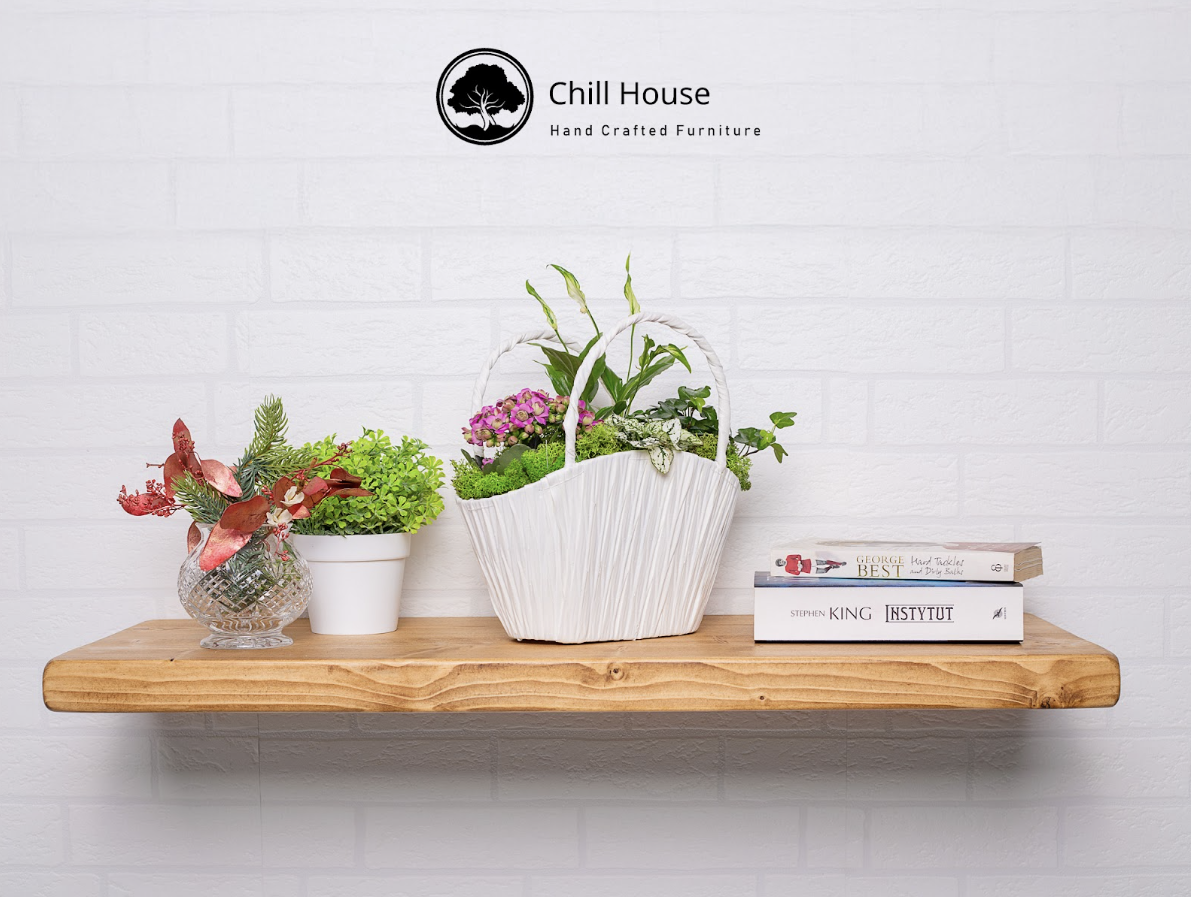









Leave a comment